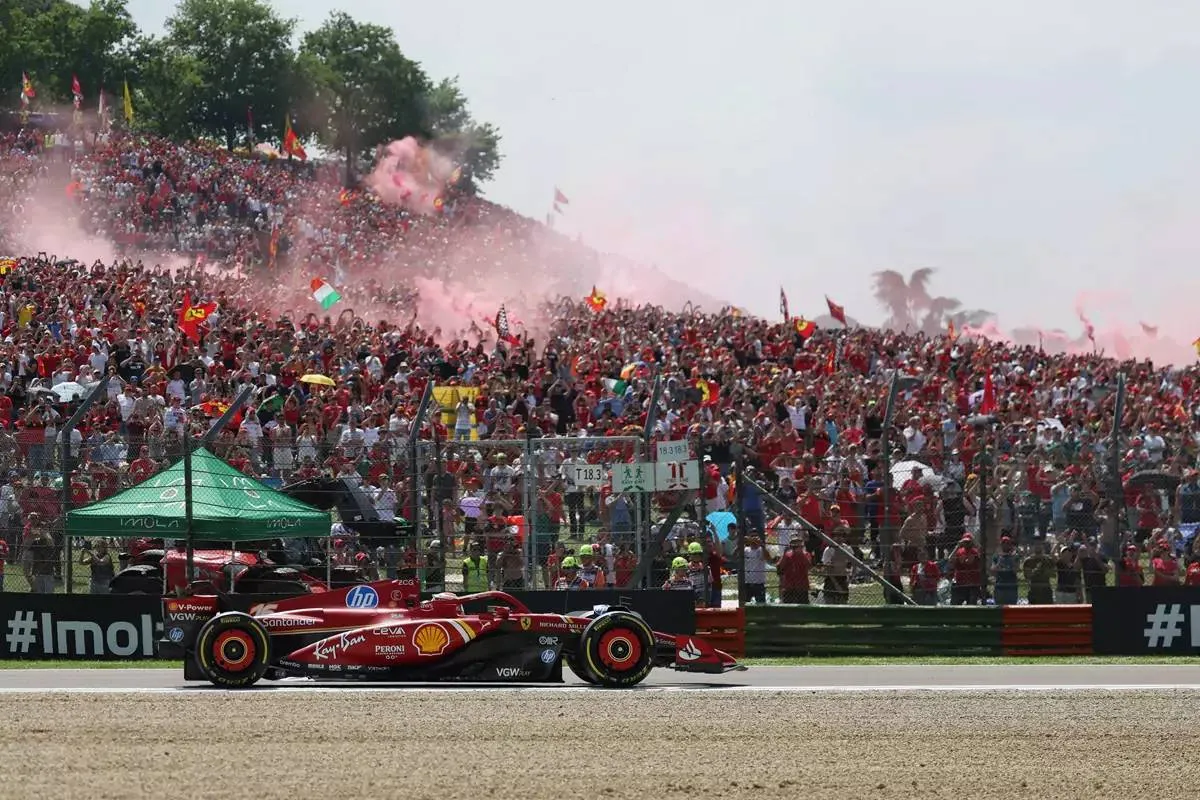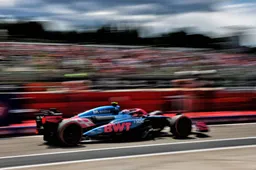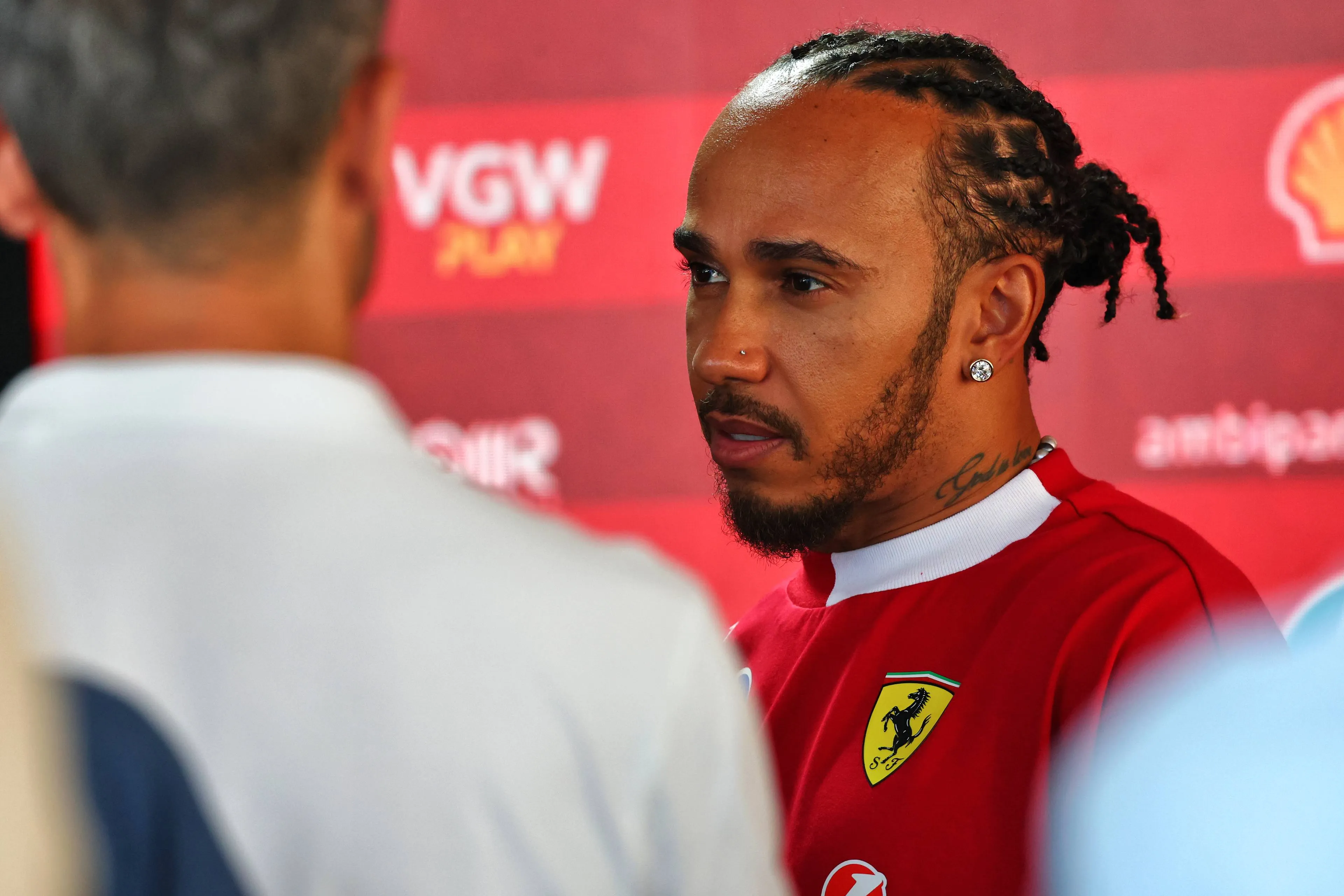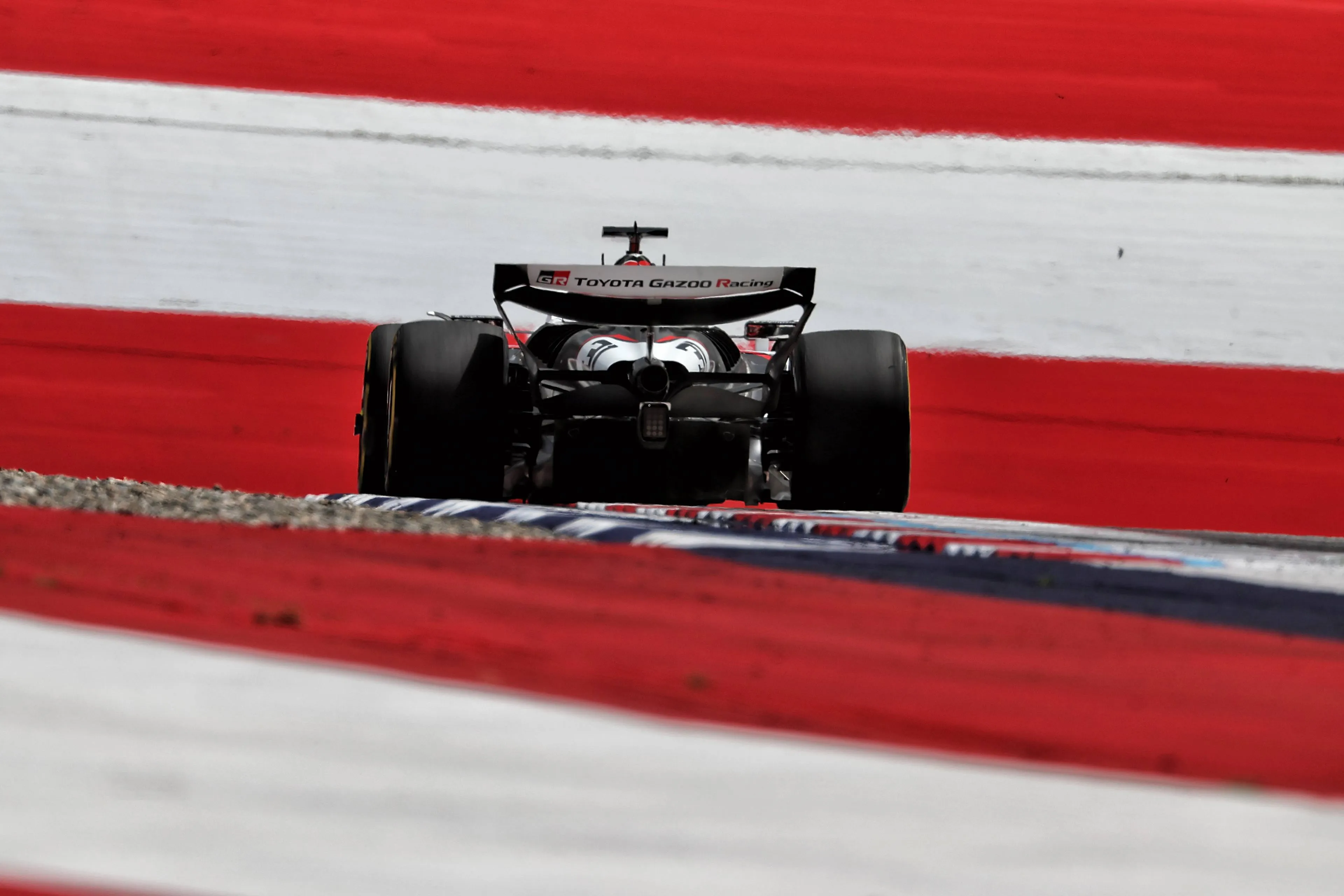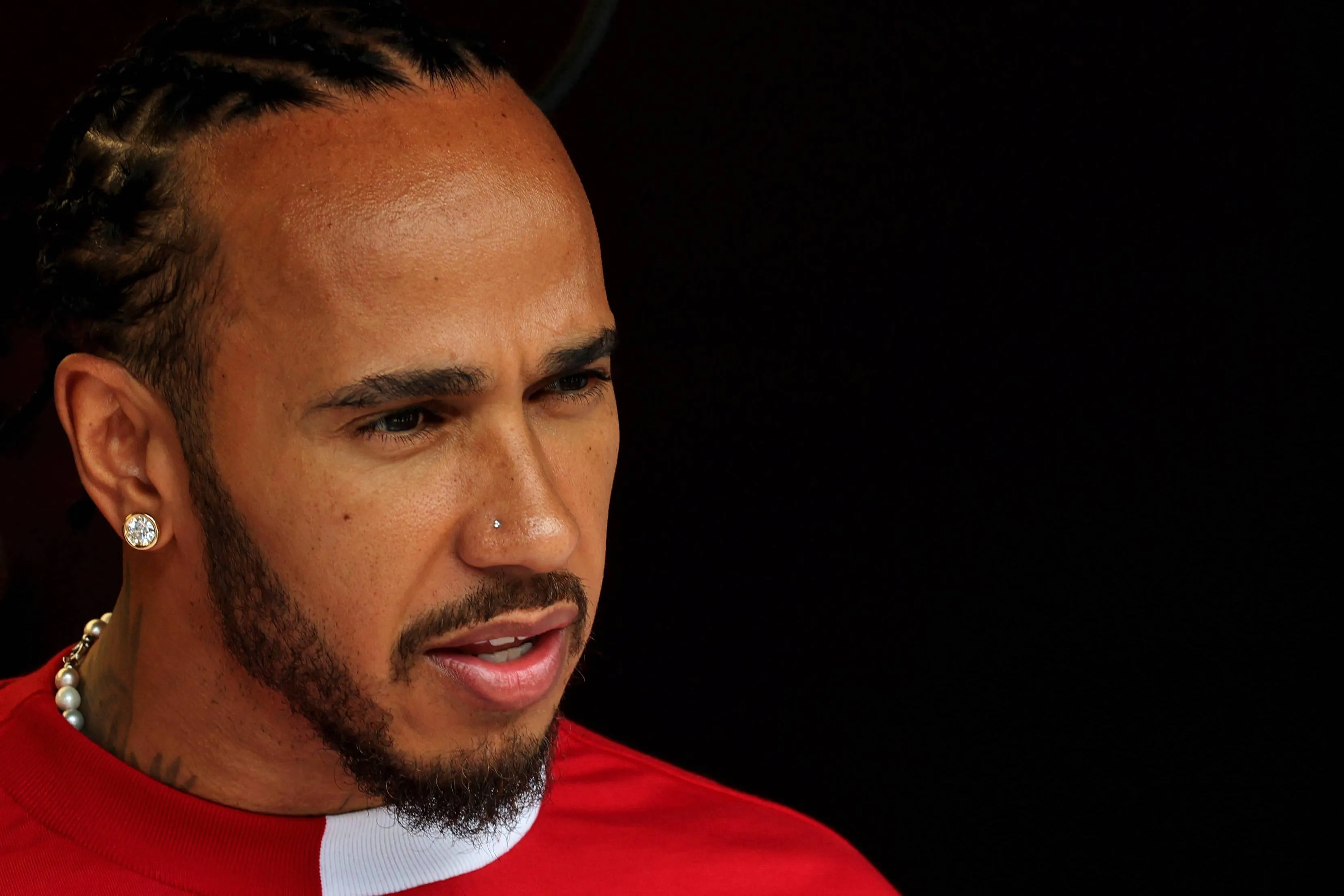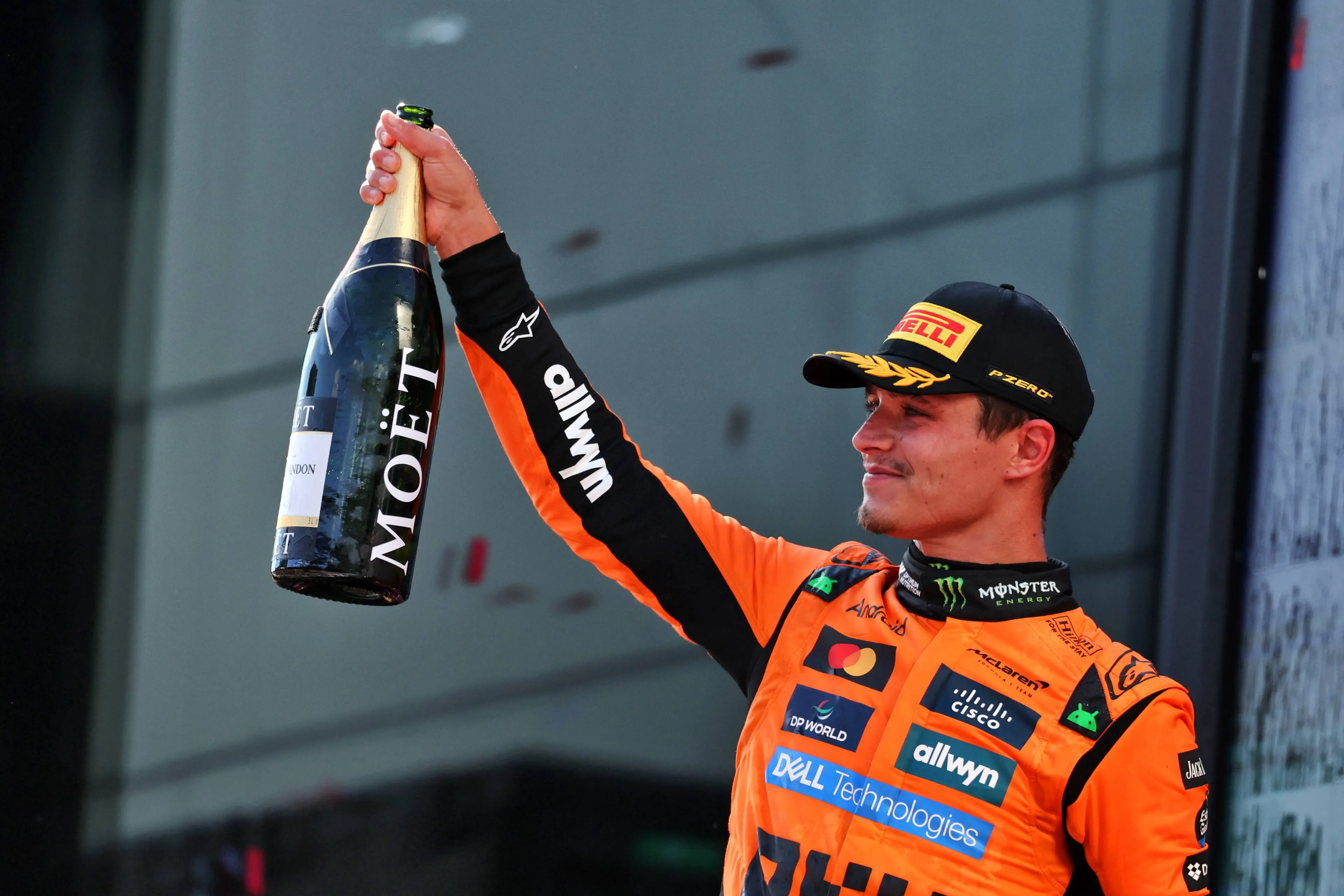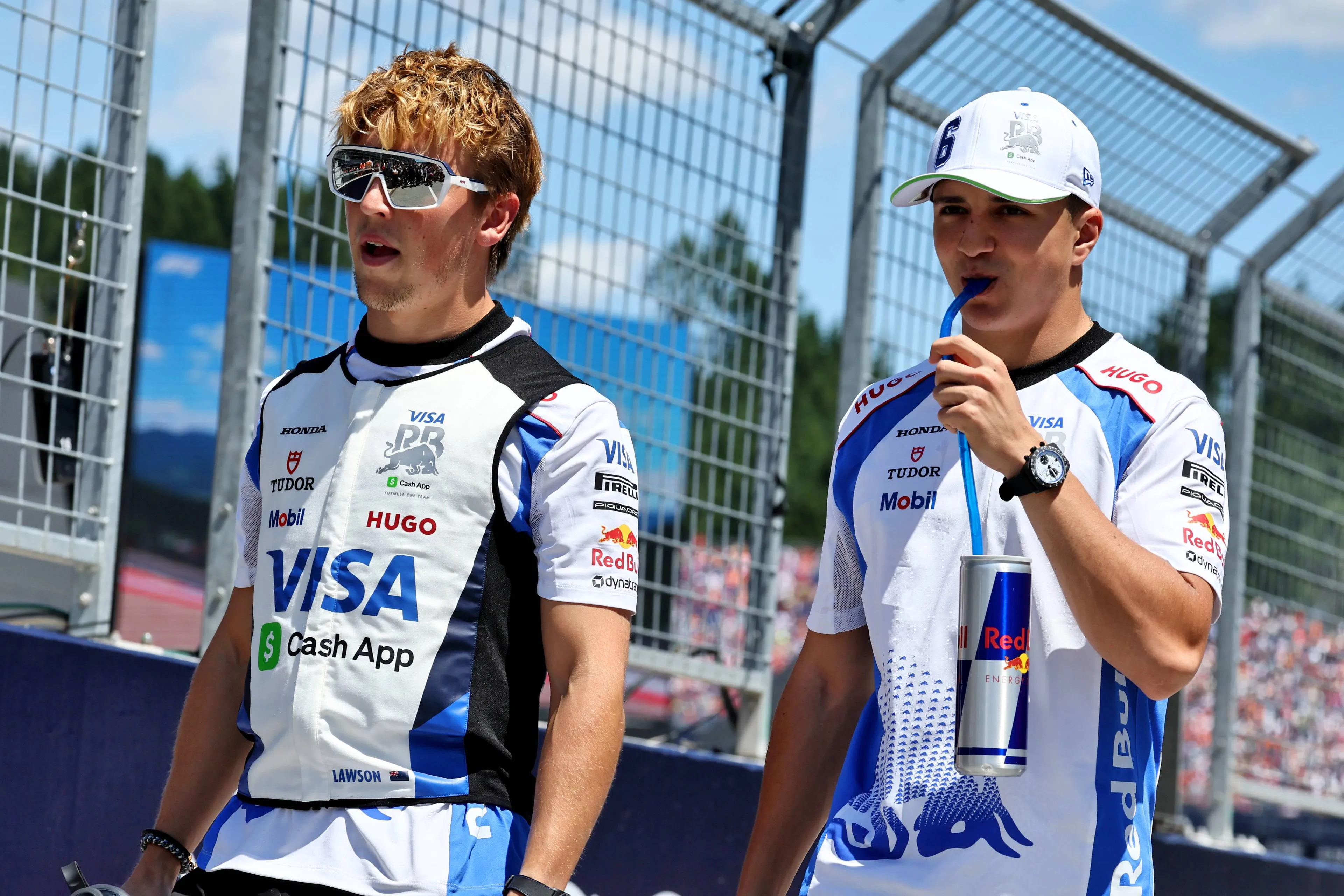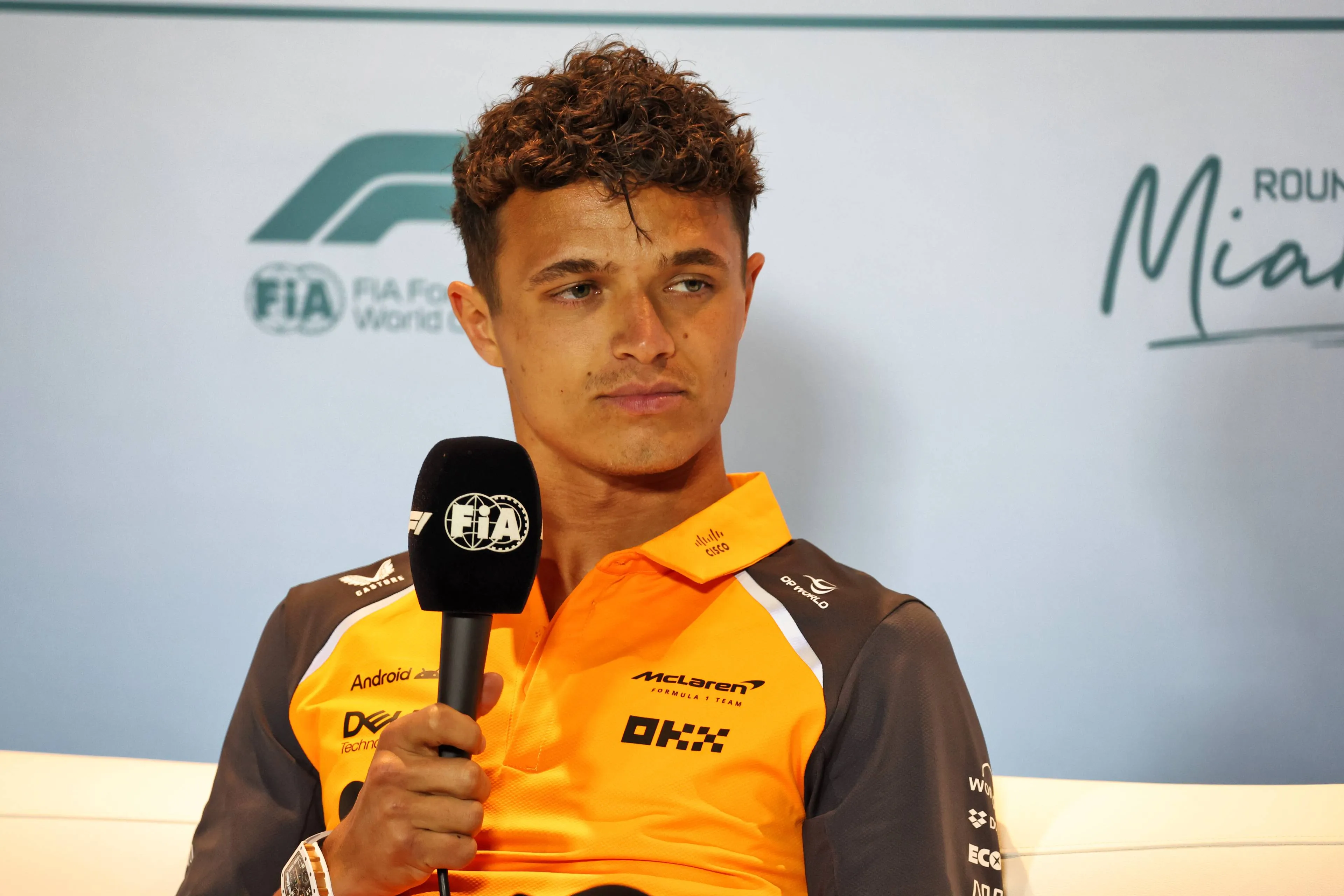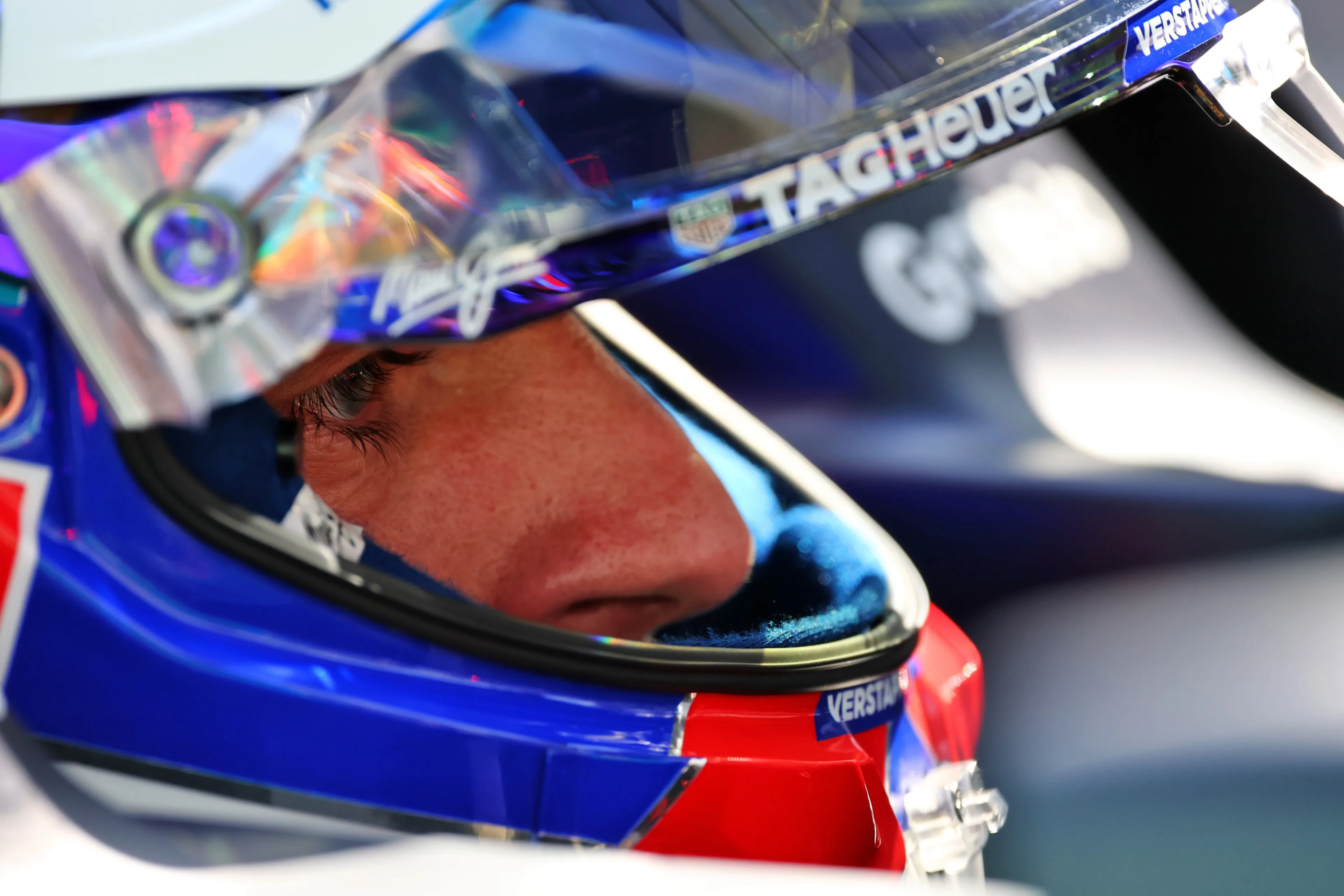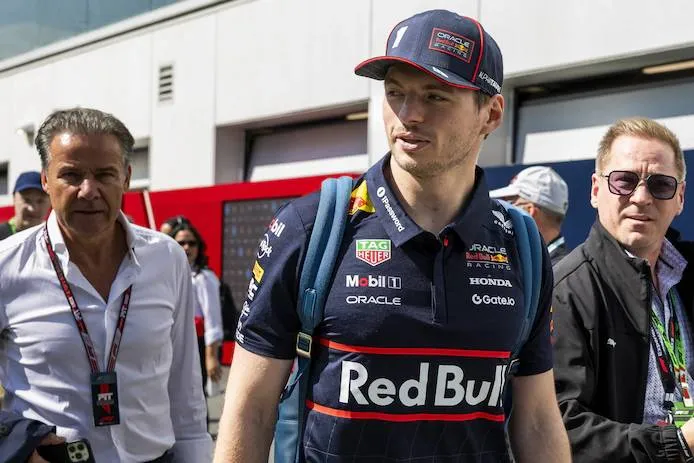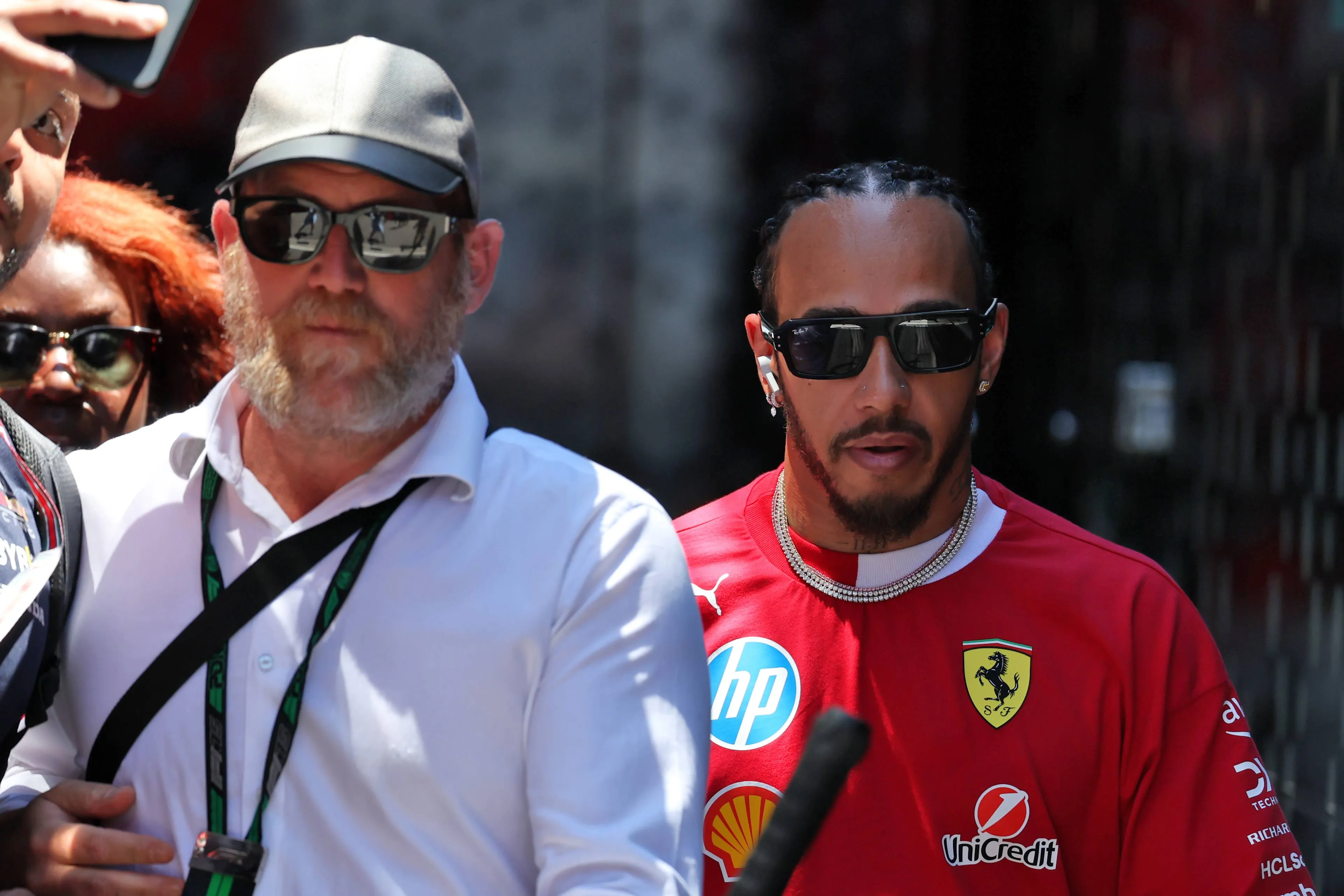F1 Tech | McLaren the quickest on the C6, Red Bull and Mercedes with upgrades
15:24, 17 May
Updated: 15:55, 19 May
0 Comments
The three practice sessions at the Autodromo Enzo and Dino Ferrari saw an extremely competitive McLaren, who managed to understand the new C6 tyre better than others. On the other hand, both Mercedes and Red Bull brought substantial updates, which didn’t seem to have a significant impact on their performance. Let’s try to analyse the three practice sessions.
For the first European race of the year, McLaren just brought a new rear and beam wing, not specifically for this track but to test them for Monaco. These changes mainly aim at increasing the downforce generated on the rear axle, basically to improve rear grip out of slow corners.
These new components were only tested by Lando Norris during an out-in lap in FP3 with the hard tyre, before switching back to the standard mid-downforce spec also adopted by Piastri.
Despite no upgrades to improve the performance of the MCL39, the car was one of the quickest straight away, with a very strong performance in slow - medium speed corners and in those corners where kerbs needed to be attacked at the maximum.
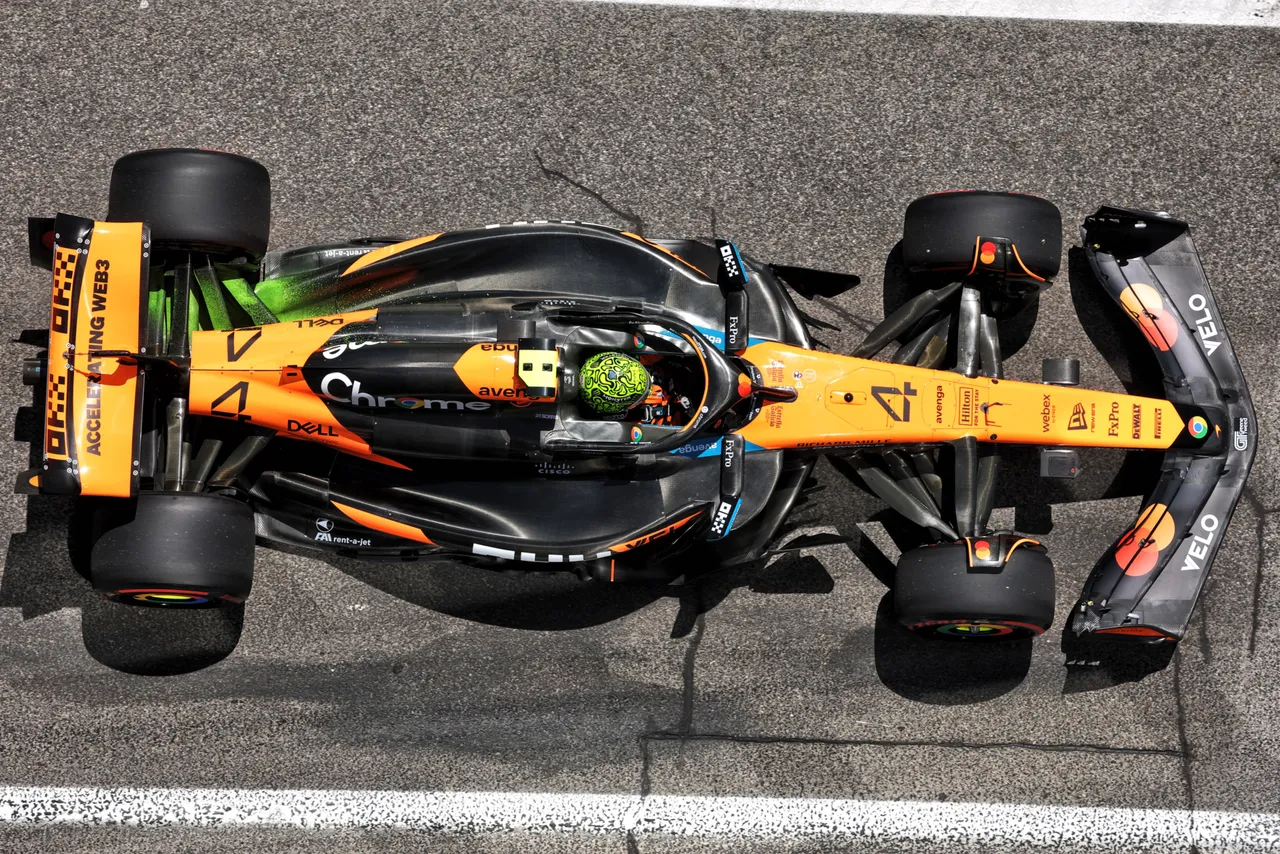
Norris' MCL39 with flow-viz on the rear left corner
The very soft mechanical set-up chosen, together with the great level of downforce generated by the Venturi channels, made the car extremely stable on kerbs and in the high-speed, dominating especially in Sector 2 and 3, where McLaren was quicker than everybody else.
Another interesting aspect is that they seem as the only team who have properly understood how to make the C6 (the new softest compound introduced by Pirelli for this race) work, making it last for the whole lap without overheating it. This gave them a big advantage though the last sector, as their tyres were still alive through Rivazza 1 and 2.
As a consequence of everything just analysed, McLaren looked extremely competitive in qualifying pace, which is exactly what teams are going to privilege in Imola, being a very difficult track for overtaking. Their pace still looked great, but only around a 0.150 seconds a lap faster than competitors behind, who may catch up through the weekend.
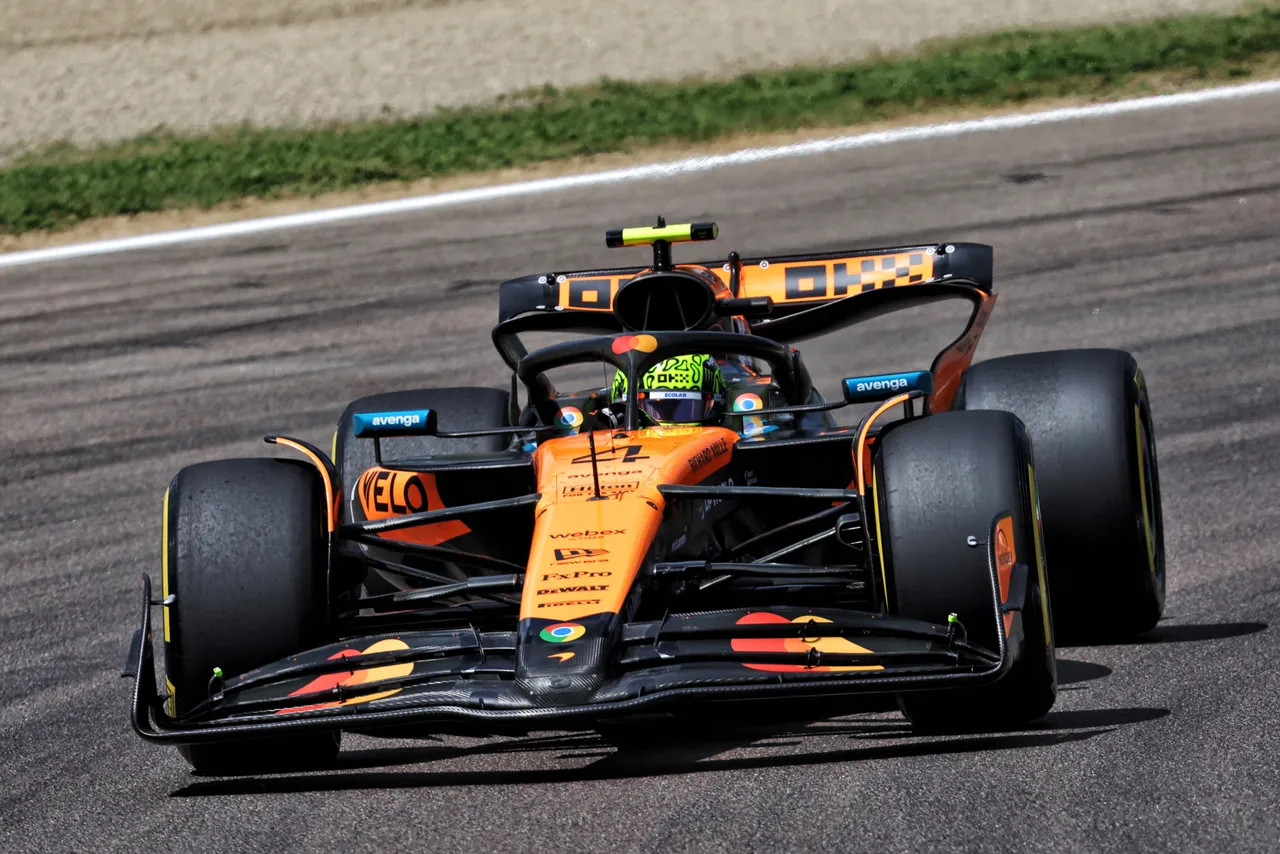
Norris during FP2
Red Bull and Mercedes with "problematic" upgrades
Moving now to analyse Red Bull performance, the Milton Keynes based team decided to introduce a big package of upgrades this weekend, with very big changes concerning both the cooling inlet and the sidepod shape itself, together with some minor changes to the rear suspension fairing.
The new components, which have been adopted on both Verstappen and Tsunoda’s cars, aim at improving the car’s stability and increase the overall downforce generated.
Having a look at the image below, the light blue arrow points at the new tray placed above the cooling inlet, which has been re-designed and now has a very similar shape to the MCL39’s one. In line with this solution, also the mirror connection to this horizontal tray is different, with a vertical element placed at the extreme end of the tray (green arrow), to create a high pressure area that helps push the front tyre turbulence outside.
Moreover, the red arrow points at a new winglet that appeared underneath the cooling inlet, which aims at generating some vortices in that area preventing the airflow from detaching.
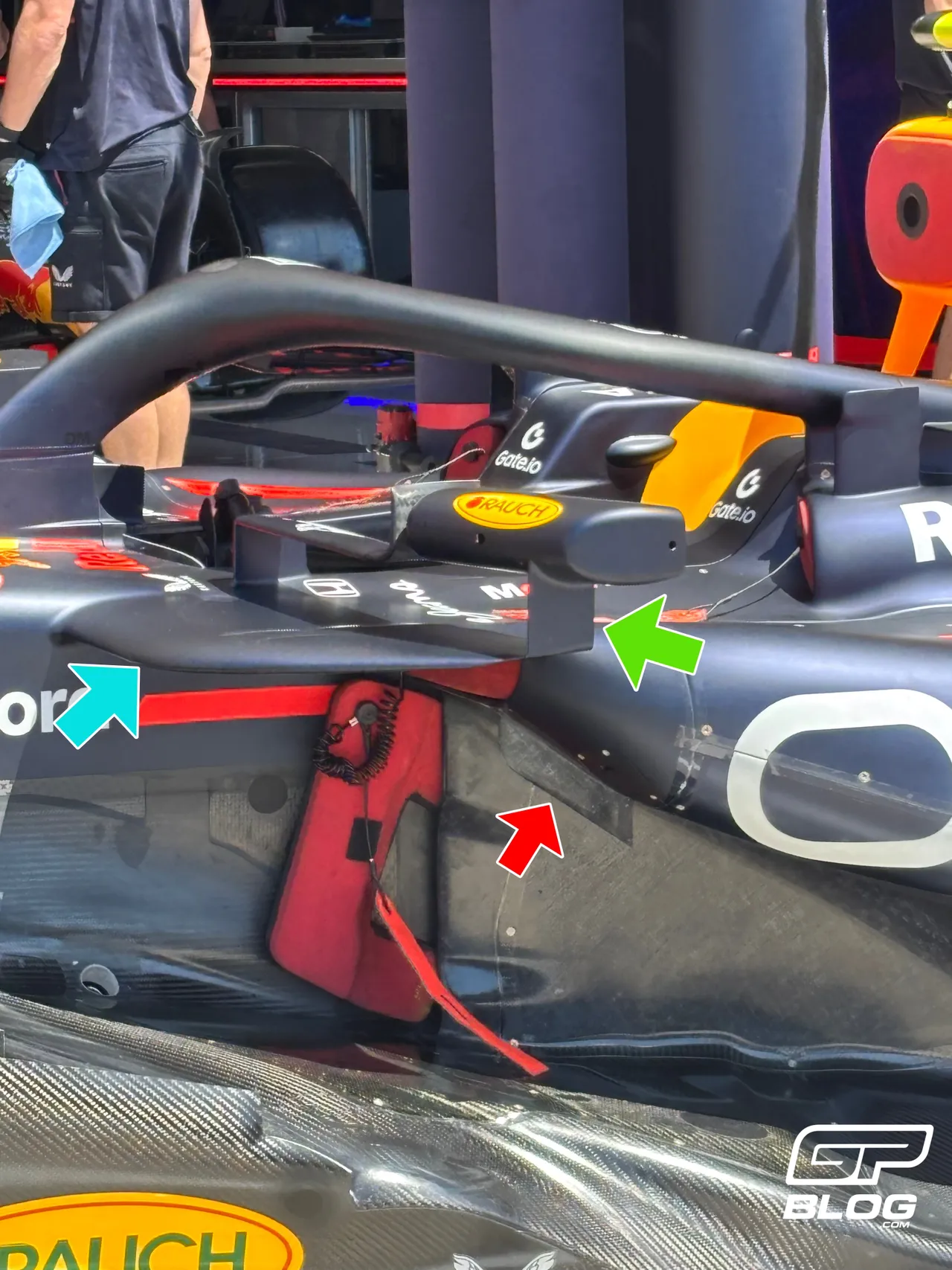
RB21's new tray above the cooling inlet
All these elements, together with a slightly revised sidepod design, mainly aim at increasing the amount of downforce generated by the rear end of the car, to make the RB21 more stable and calmer especially in slow speed corners, which is exactly where the car has been suffering since the beginning of the season.
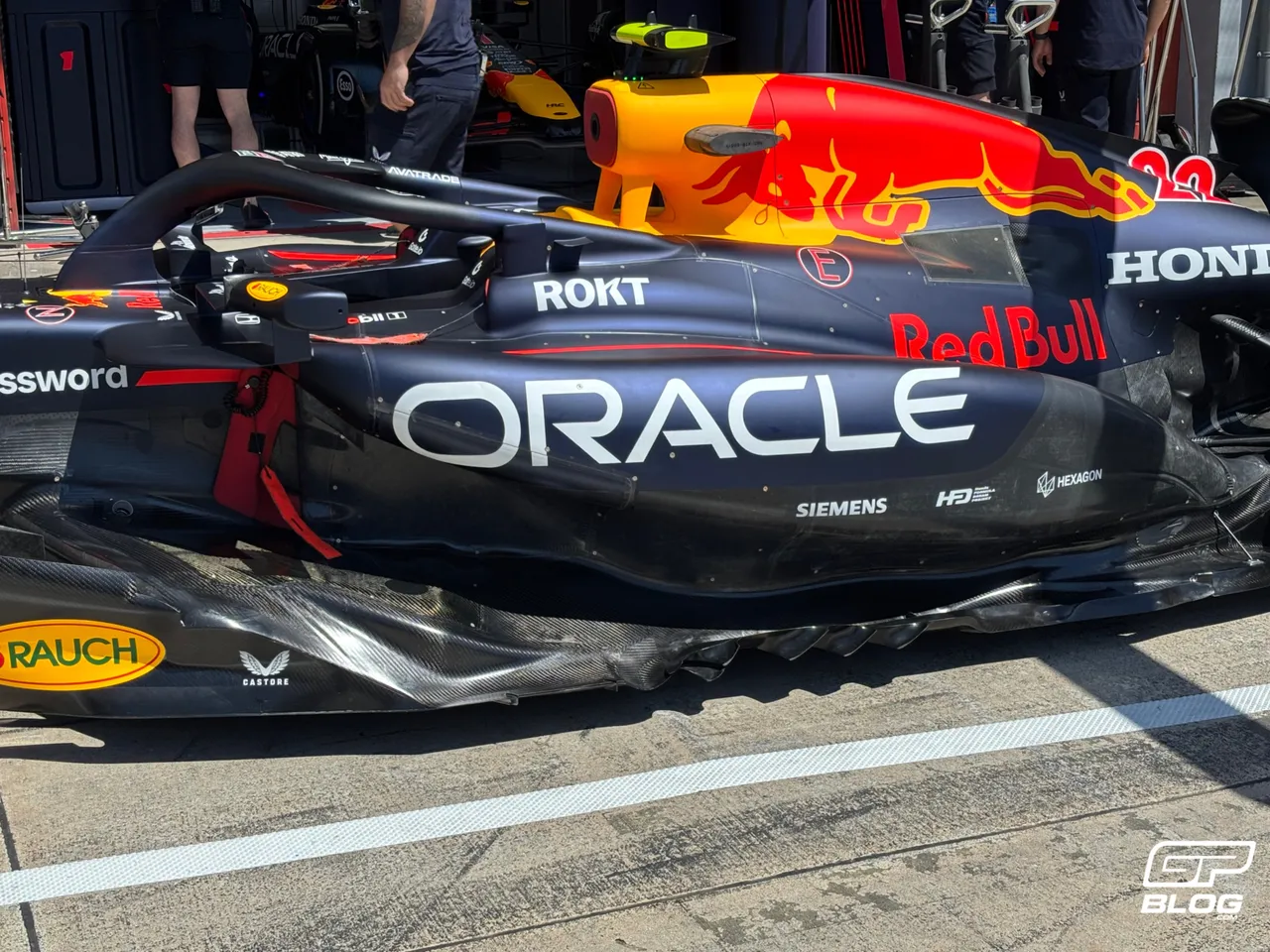
RB21's new sidepod
During Friday’s FP1 and FP2 the changes didn’t seem to work particularly well, with Verstappen complaining a lot of understeer through the slow speed and with some visible struggles out of slow corners.
As already seen during the first few races of 2025, the RB21 seems to suffer a lot on bumpy circuits, especially on those where drivers need to attack high kerbs. This is due to the car’s nature, as it needs to run very stiff and very close to the ground, which inevitably favours high-speed corners and smooth surfaces rather than slow corners.
The situation definitely improved during FP3, as Verstappen looked very quick on the medium compound, while struggled with the C6, failing to improve the lap time he set on the harder tyre. For qualifying he looks like a very strong opponent to the two McLaren, especially if the team manages to solve the balance issues experienced yesterday and this morning on the soft.
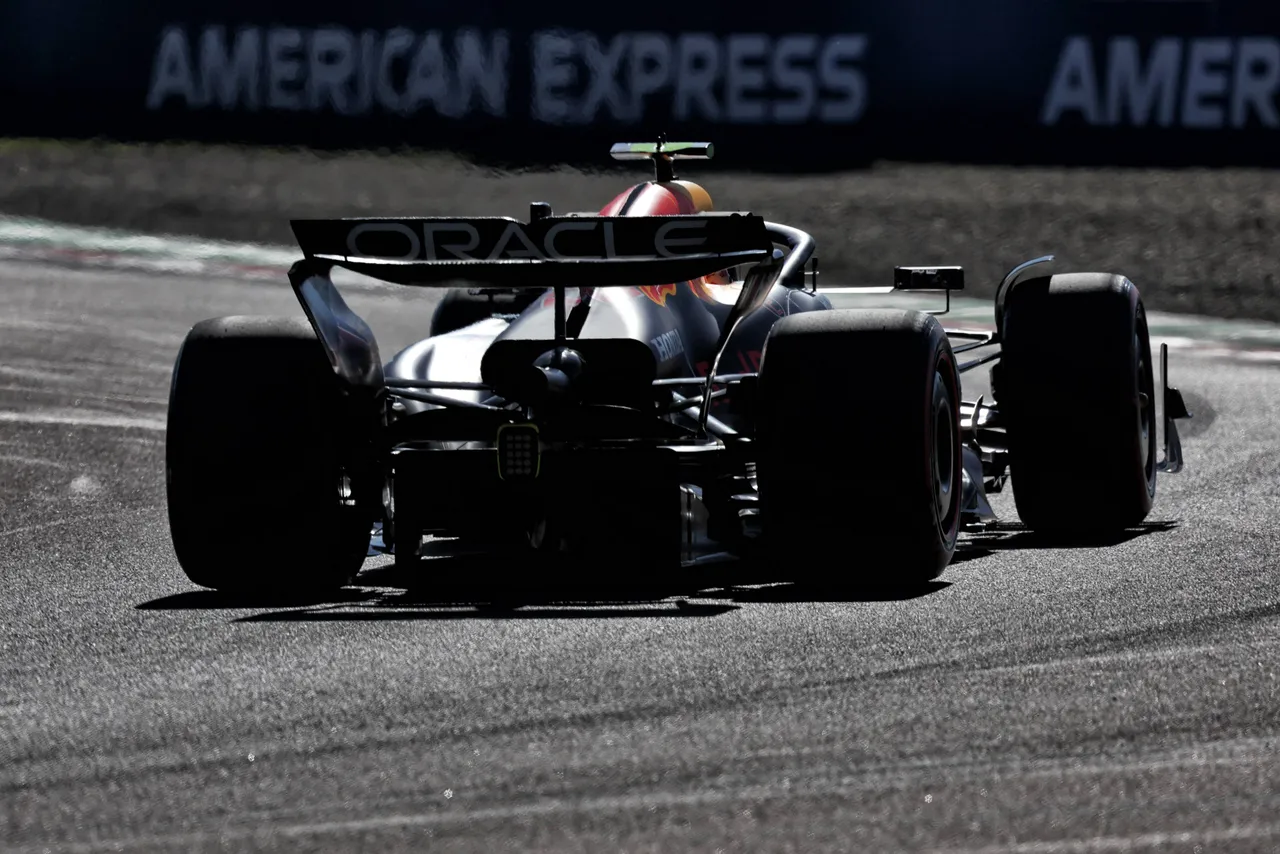
Tsunoda in FP2
Moving now to Mercedes, they also brought new components for this weekend: a new front wing, new front suspension fairings and a new engine cover appeared on both W16. As already explained for Red Bull, the team probably struggled to make these changes work on Friday, as both Russell and Antonelli struggled a lot in the single lap simulation, which have instead been their strength since the beginning of the season.
The situation didn’t improved much during FP3, even tough Antonelli still managed to set a competitive lap time which eventually gave him P4, but 0.520 seconds behind Norris in P1.
Since the W16 has always been very strong in exploiting the grip offered by the soft tyre in qualifying, it’ll be particularly important for them to be as strong as possible on Saturday afternoon, in order to eventually be able to challenge McLaren if they start on the front row.
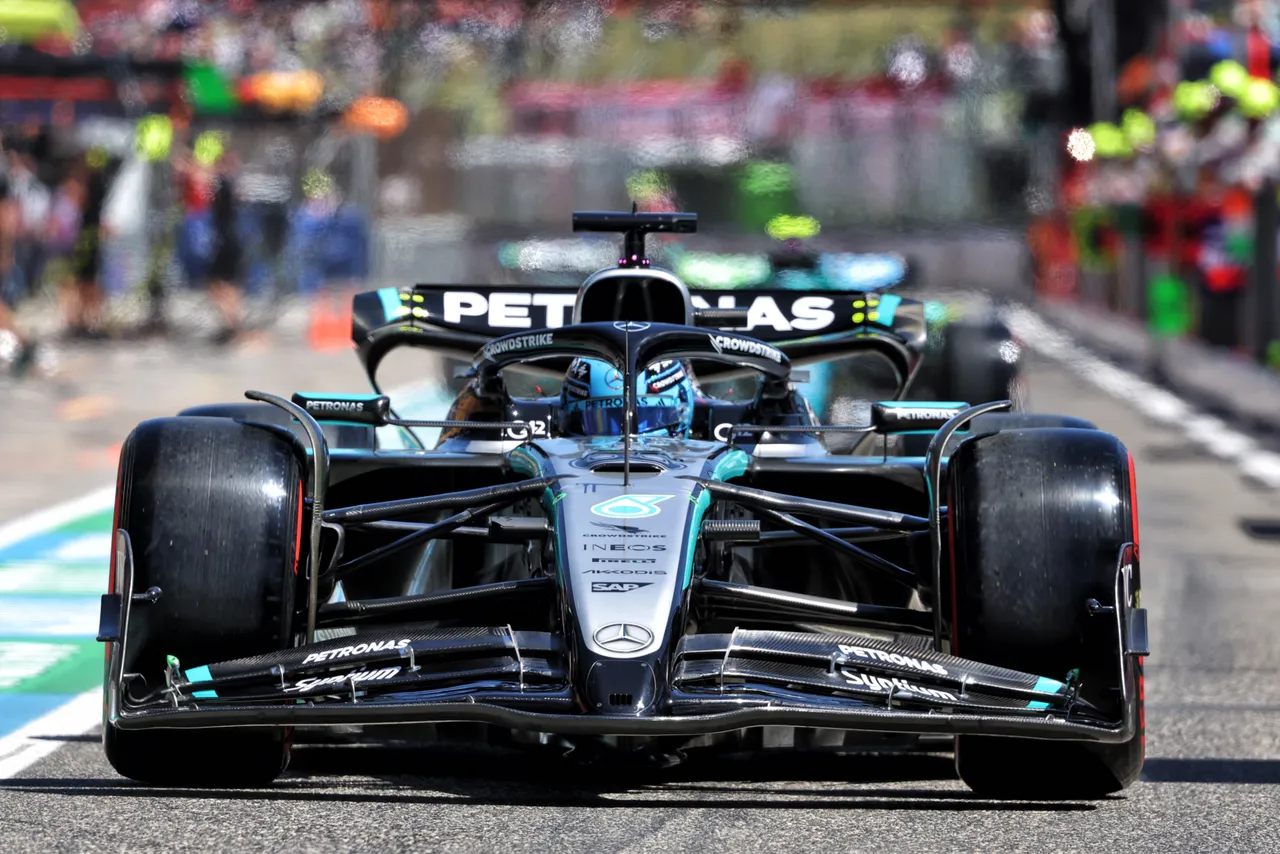
Russell on the C6 in FP2
Ferrari struggles at their home race
Last but not least, Ferrari seemed to have struggled the most on Friday, especially in qualifying simulations. The SF-25, which always had a better behaviour with high fuel loads rather than with low fuel, perfectly confirmed this trend during Friday’s FP2.
Both Hamilton and Leclerc, in fact, struggled a lot with grip on the soft tyre, while their race pace simulation on the medium with about 35-40 kg of fuel was much better, setting competitive lap times as the fuel burnt off.
For them it’ll be particularly important to qualify as high on the grid as possible, in order to eventually fight with McLaren, Verstappen and Mercedes at least for the podium in their home race.

Leclerc on the soft compound during FP1
In conclusion it’s been a very interesting day and a half day from a performance and technical point of view, but only qualifying on Saturday afternoon and race on Sunday will tell us which team have done the best job in extracting the maximum potential from their cars.
Read also
Read more about:
Rumors
Popular on GPBlog

1
Why Ferrari insisted on pit stop despite Hamilton's objection: The Scuderia explains!
2615 times read
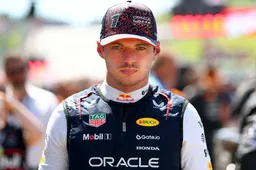
2
Talks between Verstappen and Mercedes intensify: Why it's all about the waiting game
755 times read

3
Has Hamilton angered Wolff? He exposes Mercedes' development rate for 2026!
470 times read
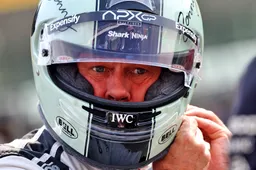
4
Brad Pitt's F1 Movie earns staggering amount after successful opening weekend
466 times read


